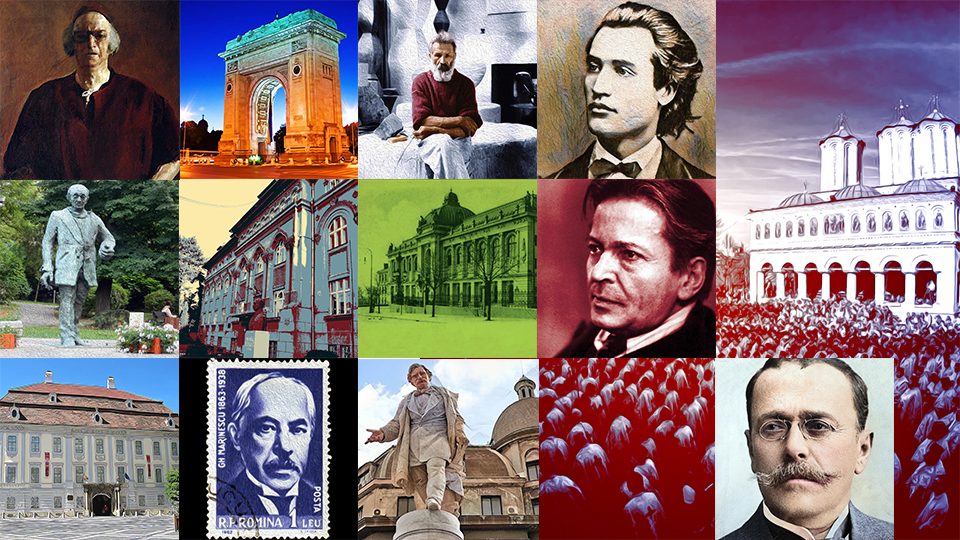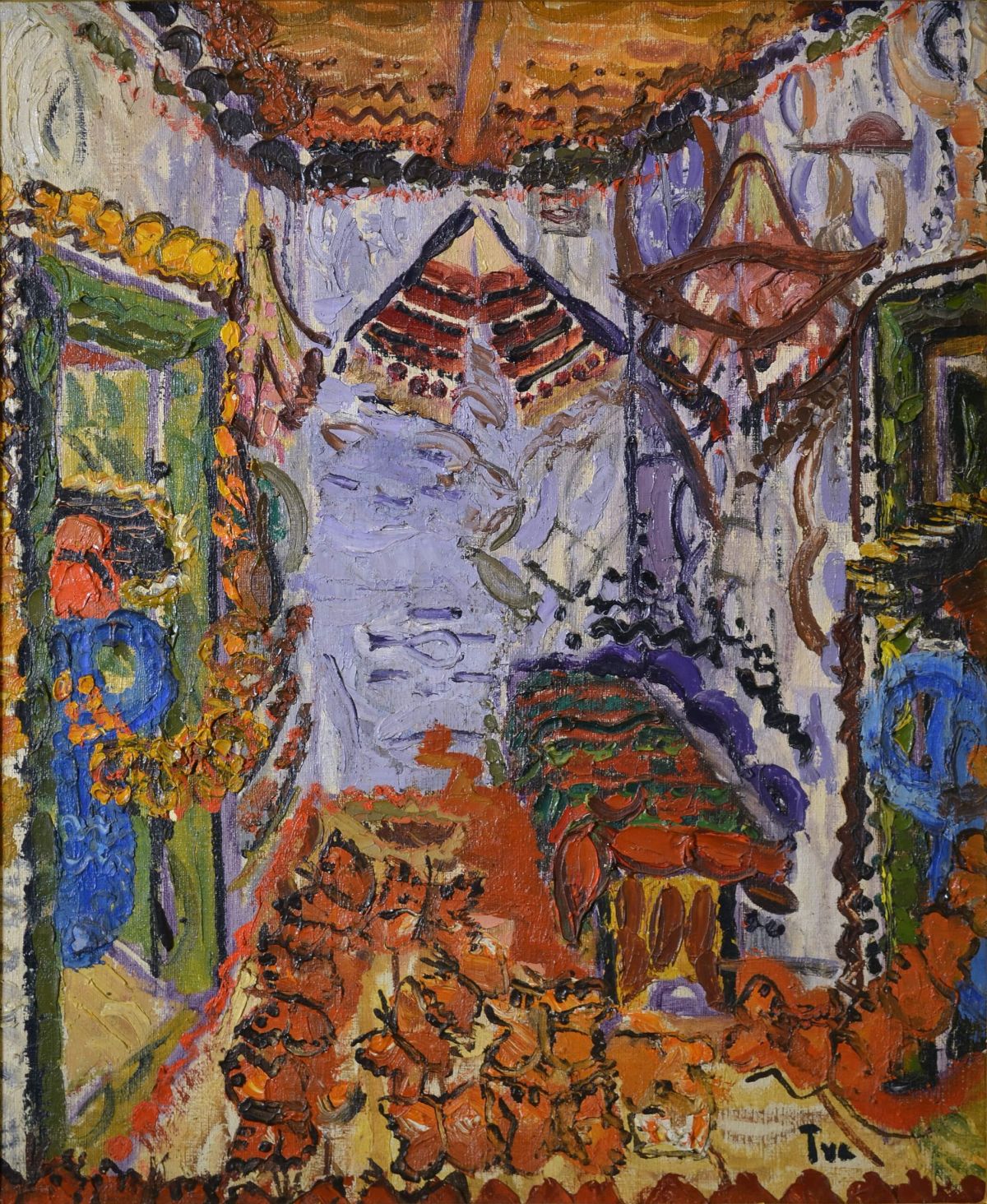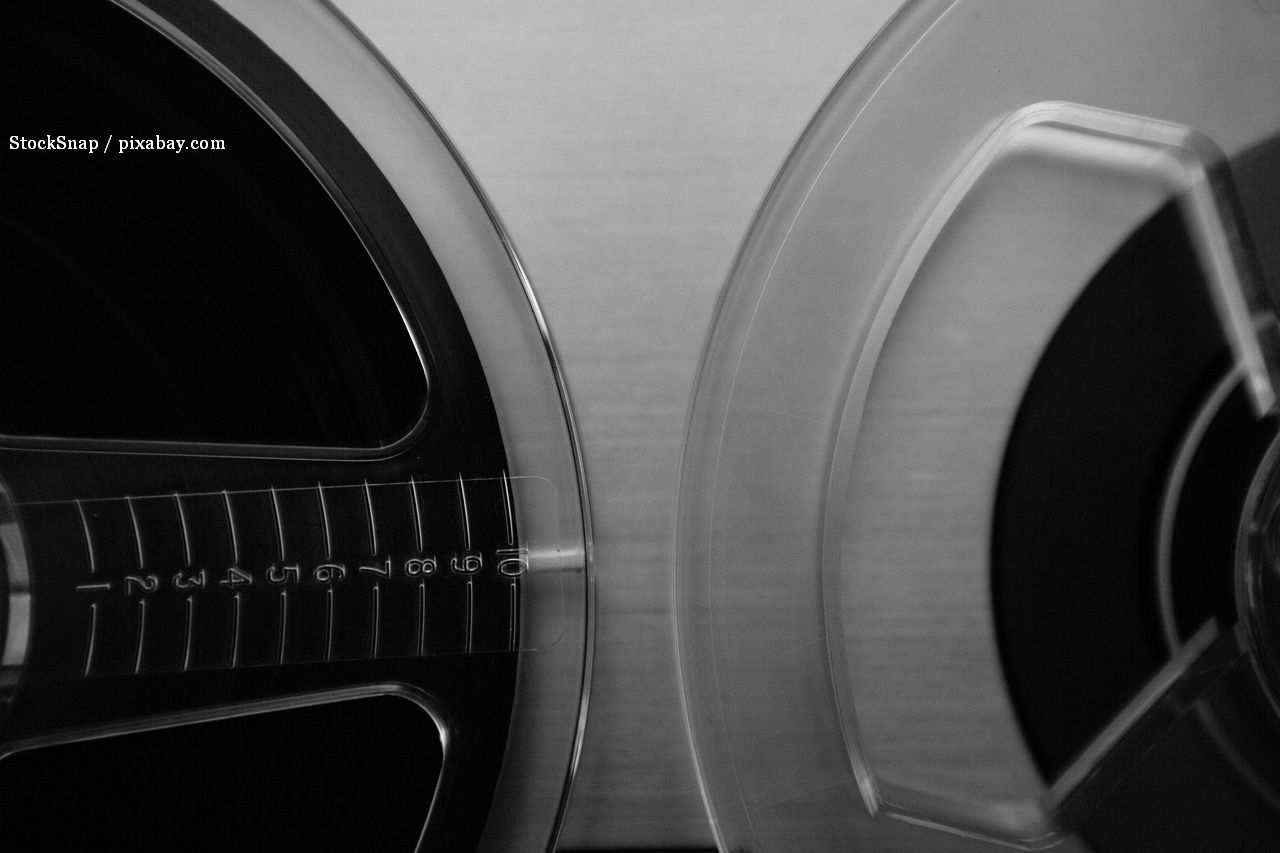Theodor Aman Museum
The Theodor Aman Museum in Bucharest is located right behind the Central University Library, the former Carol the 1st Foundation, which in turn lies across the street, opposite to the former Royal Palace.

România Internațional, 08.11.2013, 12:48
The Theodor Aman Museum in Bucharest is located right behind the Central University Library, the former Carol the 1st Foundation, which in turn lies across the street, opposite to the former Royal Palace. Playing host to the museum is the very house painter, sculptor and engraver Theodor Aman built between 1866 and 1869. Besides, it is not without good cause that the museum lies in such an upscale neighborhood. King Carol the 1st and the generation of intellectuals that compelled recognition in the second half of the 19t century, among whom Theodor Aman, had set for themselves the task of modernizing and pumping fresh blood into the Romanian Principalities.
Theodor Aman was born in 1831 in Campulung Muscel. Among other things, he has been remembered as the founder of fine arts education in Wallachia and of Romania’s official artistic movement. Jointly with Gh Tattarescu, Aman set up the Fine Arts National School. With details on Theodor Aman’s biography, here is Marian Constantin, working with the Aman museum.
“Aman was born into a mixed Aromanian-Greek family. His mother was Greek. In time his family grew into a petty boyars family Th. Aman’s father had been doing business with Oltenia, and he got rich enough to offer Aman brothers a proper education. Theodor did fine arts studies in Wlllachia, but also in France, where he had a final arts stage which was long enough, and where he has as his masters some leading neoclassical fine arts names in Paris, who in turn had been pupils of Jacques-Louis David. He returned with a sound amount of knowledge, he very much favors academism, also coming up with the idea of founding notable fine arts institutions in Romaain Principalities, precisely to contribute to the country’s regeneration, as they used to call it back them, which means its modernization through art.”
One such institution Aman had been dreaming of was a fine arts Academy he initially wanted to place into his own house. So the house that has been preserved to this day just as its owner had designed it, was a purpose-built location, which was also tailored for housing the painter’s studio as well as the school. Speaking again is Marian Constantin.
” Things stalled for a while. In 1868 the erection woks of the house started, on a plot of land owned by his wife, Ana Aman. Even if no school had been there before, the house preserved its educational purpose. And that can be seen in almost all rooms. It can be seen in its outer part, where he opted for the Neoclassical style, under the specific form of the neo Pompeian style and where he placed effigies — decorative plaques, embodying the ancient mythology as well as the relationship between arts and also effigies of the great Renaissance artists such as Michelangelo and Leonardo da Vinci. You can see them from the street. The thing is that all that should speak about the fact that the house was an epitome of the nation’ s rebirth, of civilization, through arts. The message is also conveyed on the inside, where again we could find in the mural paintings as well as in the easel works loads of examples supporting the idea. In the main lobby he placed effigies and allegories of the main relevant arts he himself was an expert of, sculpture, painting, music and poetry. Everyone knows Aman was also a musician, he could play the cello. We still have Aman’s cello, which we keep in the museum. He sincerely believed all those arts contributed to civilizing his people. And he hang them in his own house, so that guests could admire them and wonder why they were displayed there. Furthermore, he placed them close to a series of historical scenes. Two stages of the battle in Calugareni ruler Michael the Brave fought are painted on the walls of the lobby, serving as an example of the history of Romanians when they showed signs of conspicuous bravery standing up against their enemies. It was an example of how we could recover as a nation. “
Mural paintings, just like any other precious item you can find on the premises were made by Teodor Aman. Even the furniture was painted by himself. In the meantime the Aman residence became not only a fine arts center but also a famous salon where the highbrows of the time convened regularly. With details on that, here is Marian Constantin again.
“The age had witnesses who made mention of the soirees offered by the Aman residence. They were described, among others, by the then Education Minister Cezar Bolliac, who was also and a close friend of Aman. He made an account of those soirees with the purpose of showing what was it like to have a house which was built with character and style and which had a message to convey.(…) By all means, his studio was also a grand shop where he presented and marketed his works. Guests were invited to buy some of Aman’s many paintings which offered a wide range of genres of the arts he was proficient in”.
The artist died in 1891; his widow Ana Aman donated the house to the state, so that it could be turned into a museum. The Aman House became Romanian Principalities’ first artist’s residence to have been turned into a museum. Ever since it has kept its function and as of this year it has been reopened to the public.





























